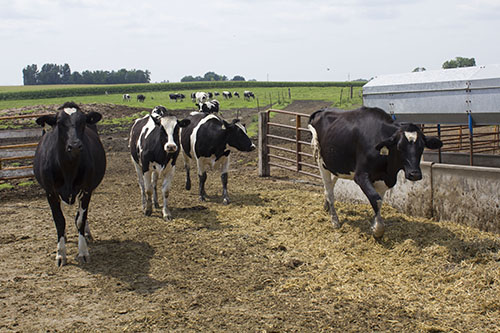
"All lameness evaluations do is say we have a problem. We must take it a step past that and answer the question why," challenged Dana Tomlinson at the recent Dairy Cattle Welfare Symposium held in Columbus, Ohio.
The Zinpro research nutritionist reminded the crowd that most lameness issues are multifactorial, meaning there are numerous contributors and no quick solutions.
That could explain the vast amount of variation researchers see in prevalence of lameness on farms across the country. Prevalence of the problem in freestall-housed herds ranges from 21 to 55 percent.
Tomlinson explained the biggest factor in pinpointing a specific farm's lameness problem lies with identifying the most common lesions in the herd.
This allows the farmer to understand if the problem is occurring at the cow level or the farm level and enact the appropriate treatments and preventive measures.
This requires accurate data recording from hoof trimmers and attentiveness to data entry. Once farmers have data, they can compile reports, programs, and plans to stave off the most common hoof lesions and address the real problems causing lameness.
"The herds that I have seen that do the best job of managing lameness emphasize communication between everyone on the farm," Tomlinson said.
(c) Hoard's Dairyman Intel 2016
May 30, 2016








